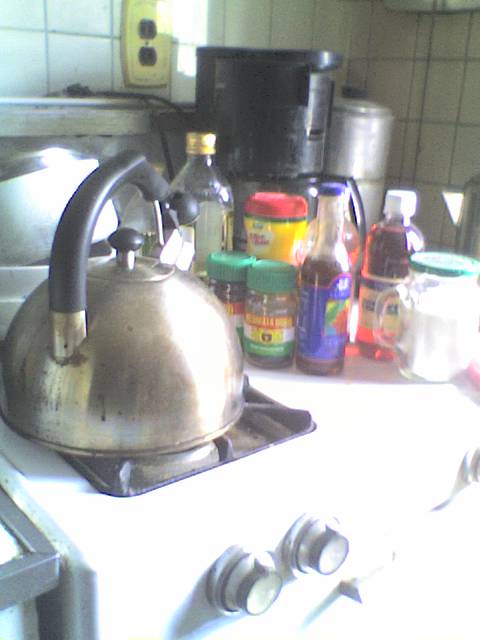There's more scrutiny over a simple plate of shrimp than ever.There are questions about its' origins , and its' impact on the environment. what about overfarming and its' impact on other species? Most importantly what the right kind to eat and will it increase or decrease our carbon footprint on the planet.
Melissa Clark discussed these points in her article along with recipes in today's New York Times Food section.The author of the issues weekly A Good Appetite has unearthed some eye opening facts on American's favorite seafood. we eat more of it now than ever, with forty-nine per cent of families eating it in 2018. It used to be a luxury food, only being seen at weddings, usually next to caviar. Now it's affordable with some shrimp going for $5.97 a pound.The problem is that the popularity comes with a cost.Farmed shrimp, what most of us eat , originates from mostly from Southeast Asia, namely Vietnam. Workers are basically slave laborers harvesting disease ridden crustaceans from antibiotic swamps (!) amongst dead mangroves in some cases. Some of the shrimp also come from India and South America. There are facilities that do have transparency , don't misuse antibiotics and overcrowd their ponds. American shrimp farms are rare , with only one percent of all shrimp coming from the US. A new company Tru shrimp, out of Balaton Minnesota is working to improve water recirculating systems. That means no antibiotics in the water and more shrimp being raised here, not abroad. This will lessen our carbon footprint.
Then there is wild shrimp. It is fresh caught , a delicacy only available to those living along the coast. Ms. Clark went to Galveston, Texas , home to many shrimpers. She met with fisherman, Buddy Guidan, who has been shrimping for forty years. He is successful, with a fleet of forty boats, a retail store, Katie's seafood Market and a restaurant, Katie's seafood House. They shared boiled shrimp - an entirely different eating experience. The meat has a firm, plump texture with a saline taste similar to lobster.It was like heaven to her,especially with the shrimp being dipped in melted butter. Unfortunately this may be a thing of the past. The number of wild shrimp is finite and fragile. Our appetite for it will not stop , meaning it could be on the endangered species list. We've over fished areas where they were rampant, off the coasts of California, Maine, Washington and Oregon. There are few exceptions such as wild Alaskan spot prawns which are popular right now with West Coast chefs. Right now all the wild caught ones are from the Gulf of Mexico, and off the coasts of the Carolinas and Georgia. Another problem is outfitting the shrimp nets to not include turtles. Keep in mind that wild shrimp can also be chemically treated too to preserve them. some boats have plate freezers which freeze the shrimp without any interference, yielding a much more delicious crustacean.
Knowing all this should we eat more shrimp? My advice is to cut down on it if you care about the environment and the species' future. Make it for a special meal with family and / or friends. Treat it as something rare.
Wednesday, October 16, 2019
Environmentally Correct Shrimp
Labels:
Buddy Guidan,
farmed,
food,
free,
Georgia,
Gulf of Mexico,
India,
lobster,
Melissa Clark,
mlted butter,
New York Times,
South America,
the Carolinas,
Vietnam,
wild
Subscribe to:
Post Comments (Atom)




No comments:
Post a Comment